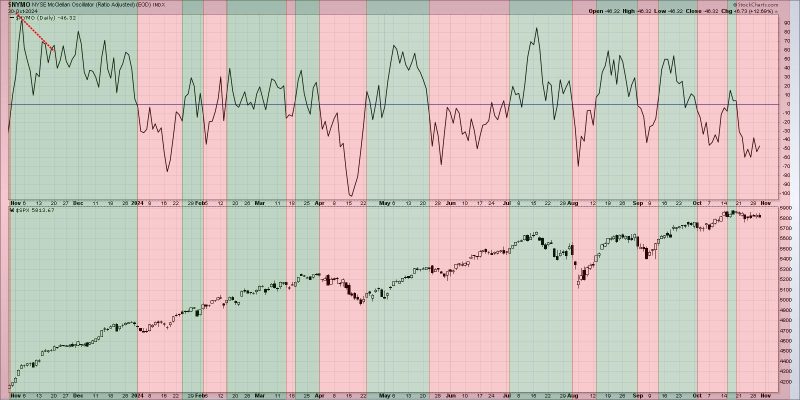Breadth Divergences and Their Implications for the Bull Market
Understanding market breadth divergences is crucial for investors seeking to navigate the complexities of the financial markets. In simple terms, breadth divergences refer to situations where the number of advancing securities is not supported by the overall market trend. This phenomenon can serve as an early warning sign of potential changes in market sentiment and direction. In the context of the current bull market, examining breadth divergences becomes even more pertinent as investors aim to make informed decisions.
One of the key aspects of breadth divergences is the comparison between the number of individual stocks participating in a rally and the overall market’s performance. When a rally is being driven by a narrow group of stocks, it can indicate that the market’s strength is not broad-based and might not be sustainable in the long run. This situation is often referred to as a narrow market or a lack of market breadth. On the other hand, a healthy bull market typically features a broad participation of stocks across various sectors and industries, signaling a robust and sustainable upward trend.
Identifying breadth divergences requires examining market internals such as the advance-decline line, new highs versus new lows, and the percentage of stocks trading above their moving averages. Discrepancies between these indicators and the main market indices can offer valuable insights into the underlying strength or weakness of the market. For example, if the S&P 500 is hitting new highs, but a significant number of individual stocks are not following suit, it could be a sign of weakening market breadth and potential trouble ahead.
While breadth divergences can serve as a useful warning signal, they should not be used in isolation to make investment decisions. It is important to consider other factors such as macroeconomic conditions, earnings growth, interest rates, and geopolitical events when assessing the overall health of the market. Additionally, market breadth indicators should be used in conjunction with technical analysis and other forms of market research to gain a comprehensive understanding of the investment landscape.
In conclusion, monitoring breadth divergences is a critical component of effective market analysis, especially in a prolonged bull market environment. By keeping a close eye on market internals and looking for discrepancies between individual stocks and broader indices, investors can gain valuable insights into the underlying strength of the market. While breadth divergences may signal potential shifts in market sentiment, they should be used in conjunction with other analytical tools to make well-informed investment decisions. As always, caution and thorough research are key when navigating the dynamic and ever-changing financial markets.




























